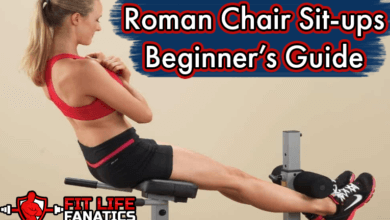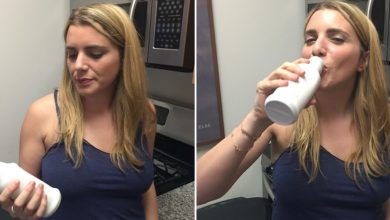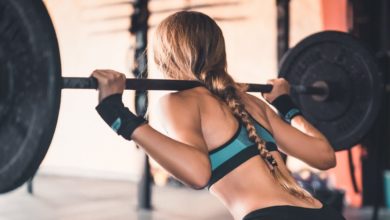Reverse Curls vs. Hammer Curls vs. Regular Curls: All You Need to Know
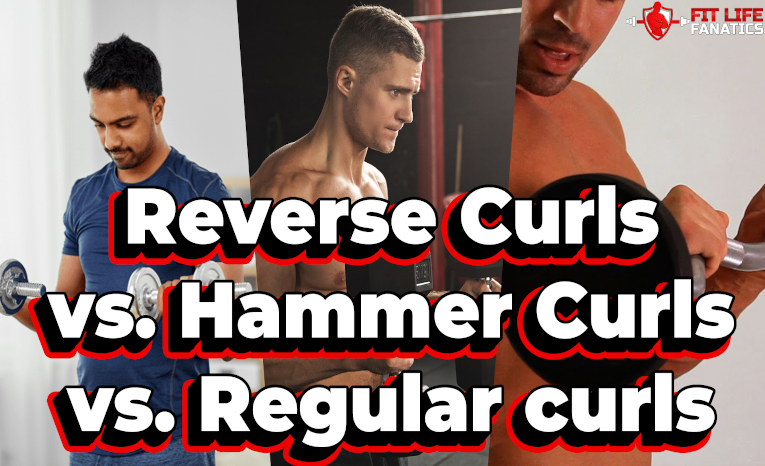
The bicep is the uncrowned king of aesthetics. It is the ultimate show muscle. One that, every fitness buff wants to build, and the undisputed centerstage of virtually every muscle growth story out there.
But often, athletes get stuck in a rut, under-exercising the bicep or not knowing which exercises to do.
The fact is that the biceps are made up of two muscle heads. There's the Biceps Brachii and the Biceps femoris, both fundamentally important for different actions. The Brachii is responsible for elbow flexion and supination, while the Femoris helps with hip extension and knee flexion.
If you are looking for overall biceps development, you need to focus on exercises that work all of the heads. Thankfully, curls with its many variations rule supreme when it comes to hitting all the biceps heads.
In this article, I will be comparing three of the most popular types of curls - Reverse Curls, Hammer Curls and Regular Curls.
This will give you a better idea as to which one is the best for you to focus on in your own training routine. Let's roll.
What are regular curls?
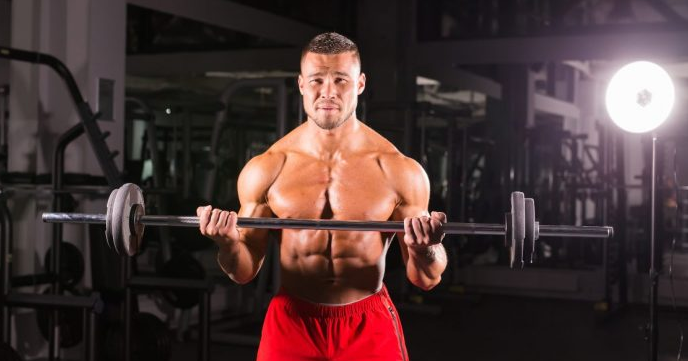
Let's start with the basics. Regular curls, also known as standing curls, are done with a barbell or dumbbells while standing.
If you don't have these equipment in your home gym setup yet, not to worry, there are many places to buy dumbbell weights, where you can grab cool budget dumbbells and handy short barbells too.
Related Reading; Cambered Bar Curls, What Are They And How To Do Them?
You start with your palms facing forward and curl the weight up to your shoulder.
Arnold Schwarzenegger called it the 'Grand daddy' of all arm exercises. And for good reason. It's a great exercise for overall biceps development. Being an isolation move, it primarily targets the Biceps Brachii.
How to do the regular curls?
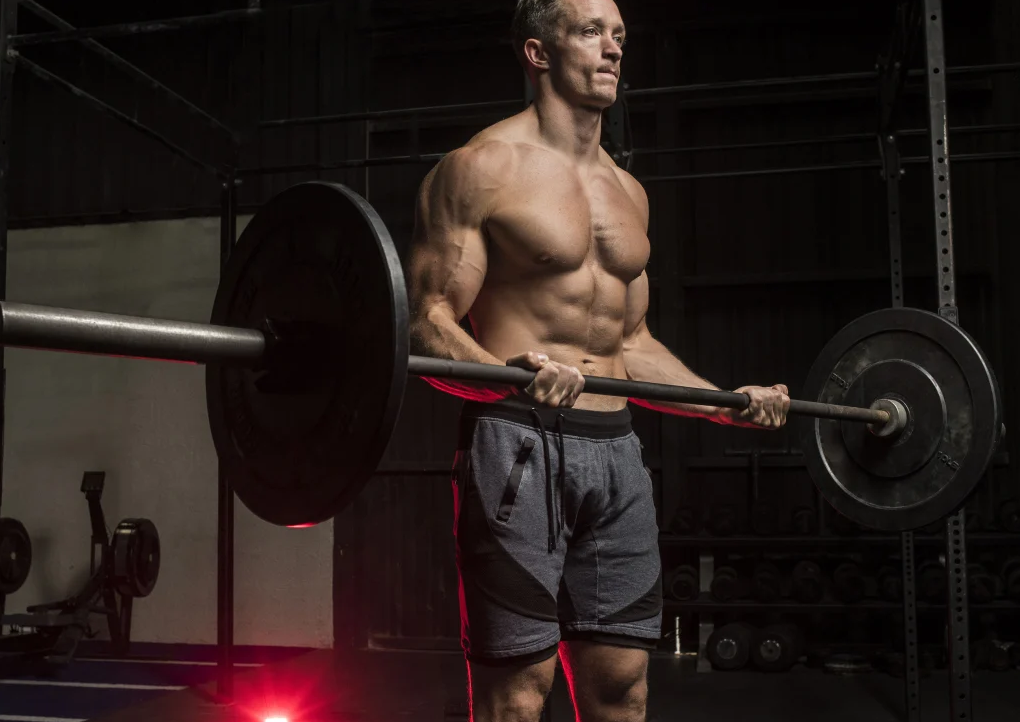
The regular curls are one of the easiest exercises to do. Here are the steps:
1. Stand with your feet shoulder-width apart and hold a weight in each hand with your palms facing forward.
2. Curl the weights up to your shoulders, keeping your elbows close to your body.
3. Pause for a moment and then slowly lower the weights back to the starting position.
Pro Tip - There's a high propensity for cheating when doing regular curls. Make sure to keep your back straight and don't use your shoulders to lift the weight. Do not jerk the weight up. Use a gradual lifting motion.
This is an isolation exercise. You do not need a lot of weight to get the desired results. Instead, focus on strict form.
Here is a video of how to do regular curls.
What are reverse curls?
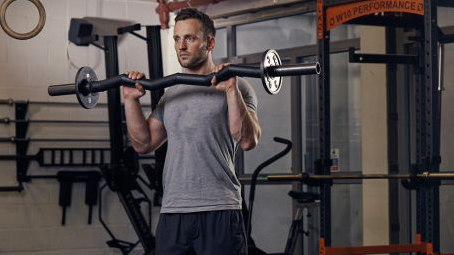
Reverse curls, as the name suggests, are done with the palms facing down as you grab the weight. This is an excellent exercise for targeting the Biceps Femoris, as well as the entire forearms which is great for overall arm development.
We have seen many people use the hammer curl as their go-to exercise for biceps. However, if you want to target the peak of your biceps, reverse curls are a better option. Hammer curls will still work your biceps, but they won’t hit them as hard as reverse curls will.
How to do the reverse curls

Reverse curls are slightly harder to do than regular curls because you are working against the weight of the weight as you curl it up. Here are the steps to perform this exercise.
1. Stand with your feet shoulder-width apart and hold a weight in each hand with your palms facing down.
2. Curl the weights up to your shoulders, keeping your elbows close to your body.
3. Pause for a moment and then slowly lower the weights, controlling them as you go down.
Pro Tip - Do not swing the weight up or let your elbows flare out to the side. This can put unnecessary stress on your elbow and shoulder joints. Just like the regular curls, this is a strict isolation move that should be done with control.
Here is a video of how to do reverse curls
What are hammer curls?

Hammer curls are a type of curl where you keep your palms parallel to each other, as opposed to facing forward like in the regular curl. This move is great for targeting the brachialis - the muscle that lies underneath the biceps.
The brachialis is a smaller muscle, so it can be harder to target than the biceps. That's where hammer curls come in - they're great for hitting that muscle with extra intensity.
How do you do the hammer curls
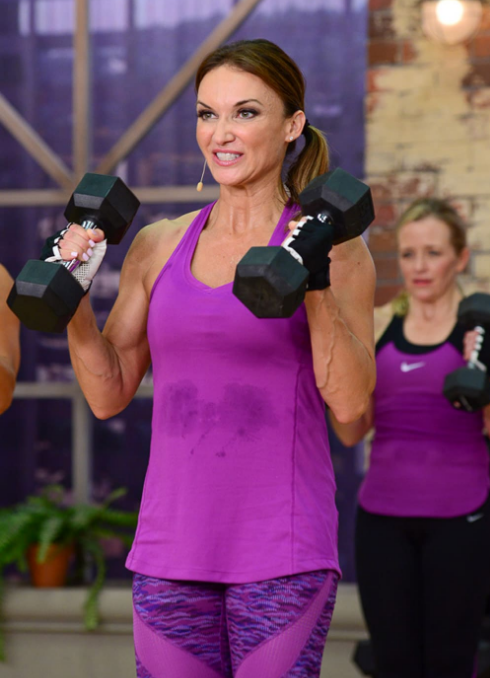
Hammer curls are done with a dumbbell in each hand. The weights are held at your sides with your palms facing your thighs. You then curl the weight up to your shoulder, keeping your elbows close to your sides. If you're finding the weight too hefty, you can scale down to lighter ones or if you're a lady, get the dedicated dumbbell version for women.
Here are the steps.
1. Stand with your feet hip-width apart and hold a weight in each hand with your palms facing your thighs.
2.Keeping your elbows close to your sides, curl the weights up to your shoulders.
3.Pause, then slowly lower the weights back to the starting position.
Pro Tip - Don’t swing the weights up. Use your biceps muscles to curl the weight up. You have to maintain a straight spine and keep your elbows locked by the side.
Here is a video of how to do hammer curls.
Reverse Curls vs Hammer Curls vs Regular Curls: What are the Differences?
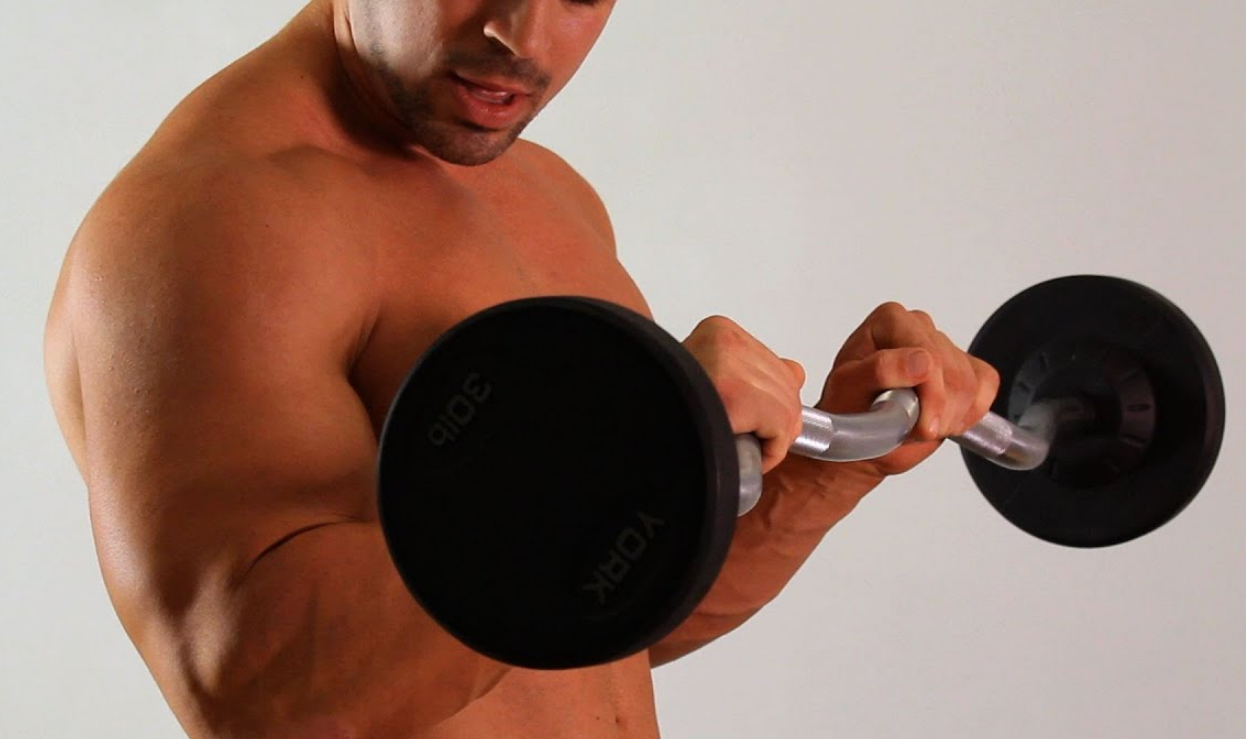

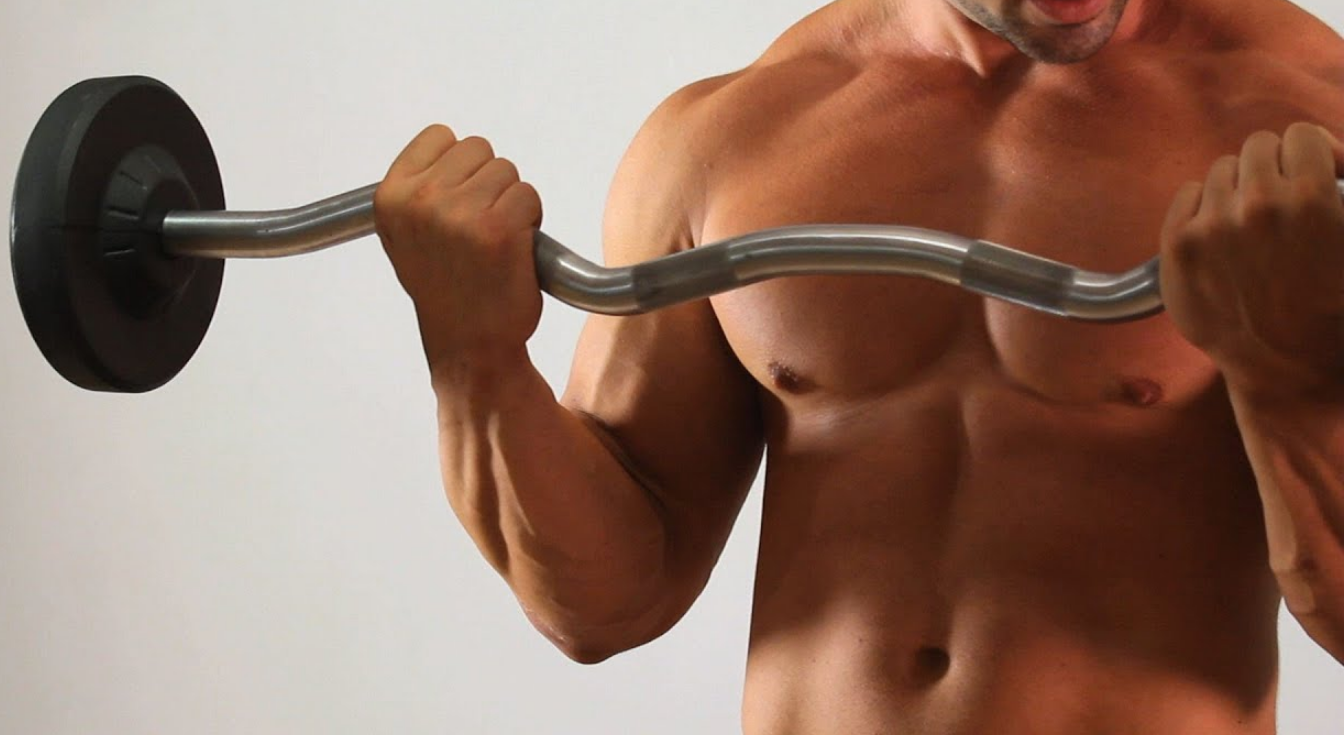
It's important to be aware of the differences between these three types of curls in order to know which one is best for you.
Sometimes, coaches are guilty of not including enough variety for smaller muscle groups like the biceps or triceps. The reasoning is that you hit your biceps and tricep muscles enough when you perform compound exercises like the bench press (provided you know the weight of your bench press bar), shoulder press and squats.
But that's not always the case. When it comes to getting that bicep peak, you might want to try out a few different curl exercises and see which one gives you the best results.
The primary difference in these three exercises, is the muscles they target and your grip.
How you hold the weight
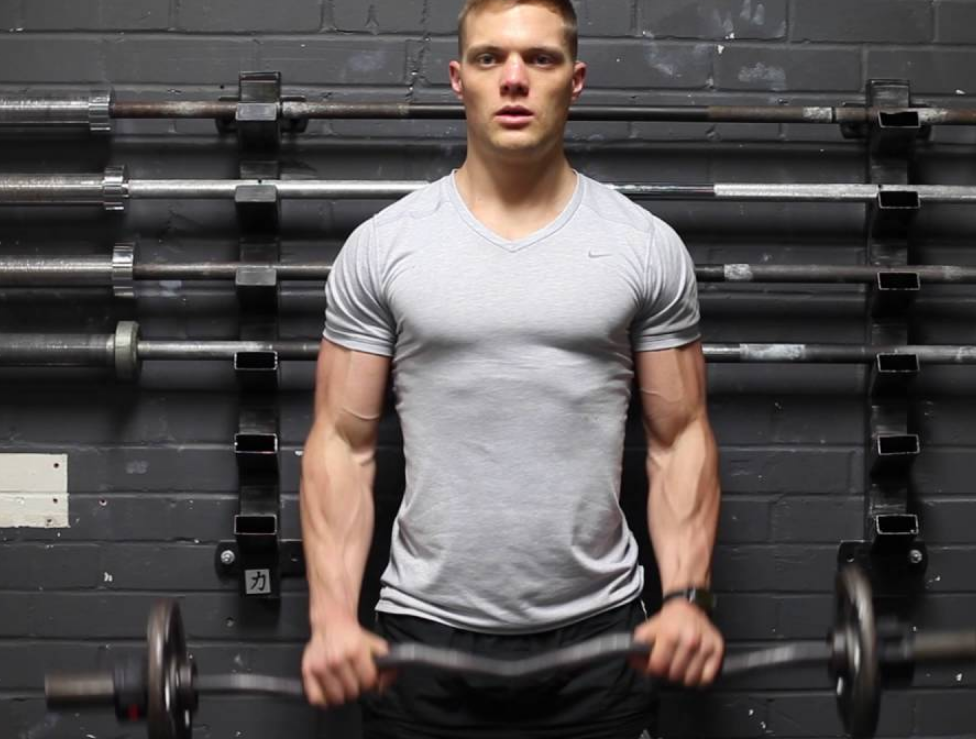
As it would be obvious by now, there's a big difference between holding a weight in each hand with your palms parallel to each other (reverse curl), and holding it with your palms facing your thighs (hammer curl) and your palms facing upwards (regular curls).
Regular curls are easier because they allow you to use more weight, while hammer curls and reverse curls are harder because they isolate the smaller muscle head.
Which muscles are targeted
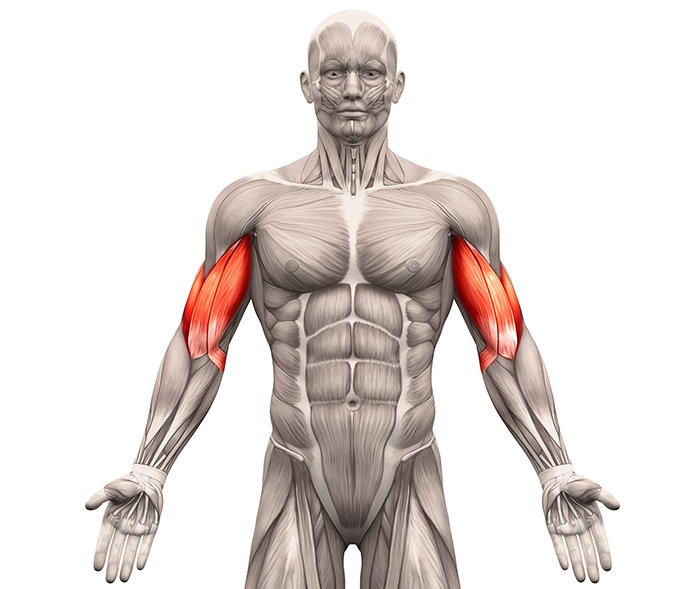
The regular curl targets all the muscles in your arm, including the biceps, brachialis and brachioradialis. The hammer curl targets only the long head of the bracialis and reverse curl targets only the brachioradialis.
Grip
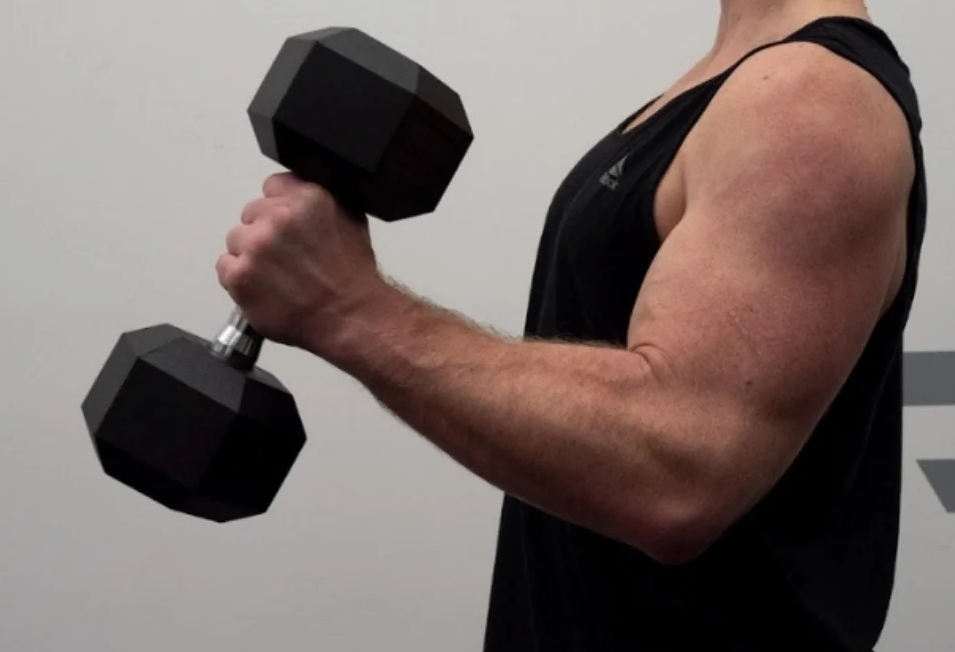
The grip also determines which muscles are targeted. A narrow grip will work your biceps more, while a wider grip will work your brachioradialis more.
Weight
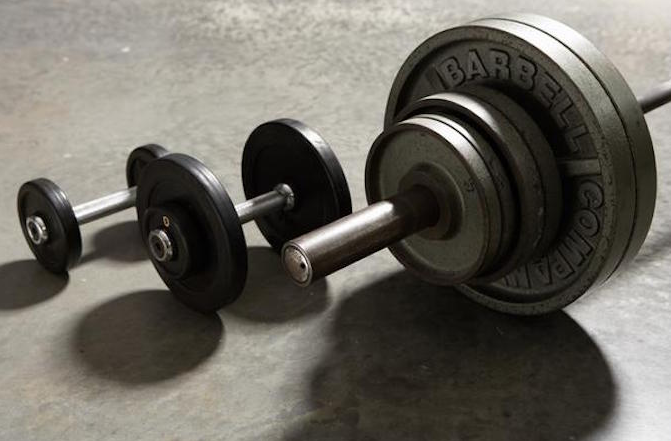
The amount of weight you can use with regular curls is more than you can use for hammer curls and reverse curls.
Reverse curls vs hammer curls vs regular curls: Which is the best for biceps?
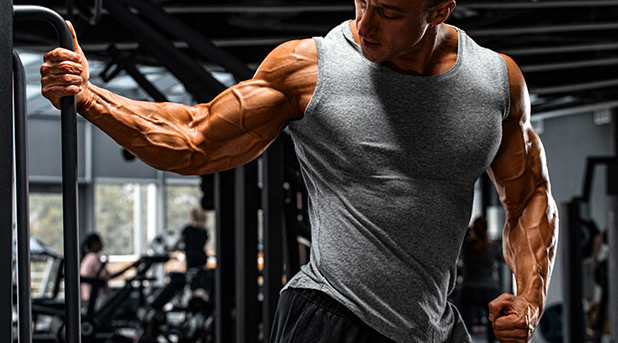
That's unfortunately a difficult question to answer, as it depends on your individual anatomy and what type of results you're looking for.
If you're looking for an all-around exercise that targets all the muscles in your arm, then the regular curl is probably your best bet - it's the one I have been going for when I want to work my arms after chest day. But if you're specifically targeting the bicep peak or the brachialis, then you might want to try out the hammer curl or the reverse curl.
The bottom line is that you need to experiment with each of these exercises to see which one gives you the best results. You might find that one works better for you than the others.
We regularly include all three variations of the curl in our workouts.
Muscles Worked by reverse, hammer and regular curls?
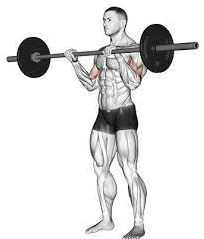
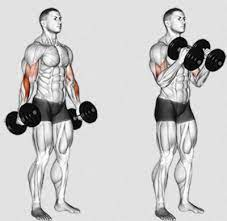
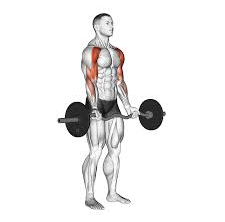
One of the reasons why you'd want to do all three variations of the curl, is because they work different muscles. To give you an overview, here are the different muscles that these curls target.
Bicep brachii
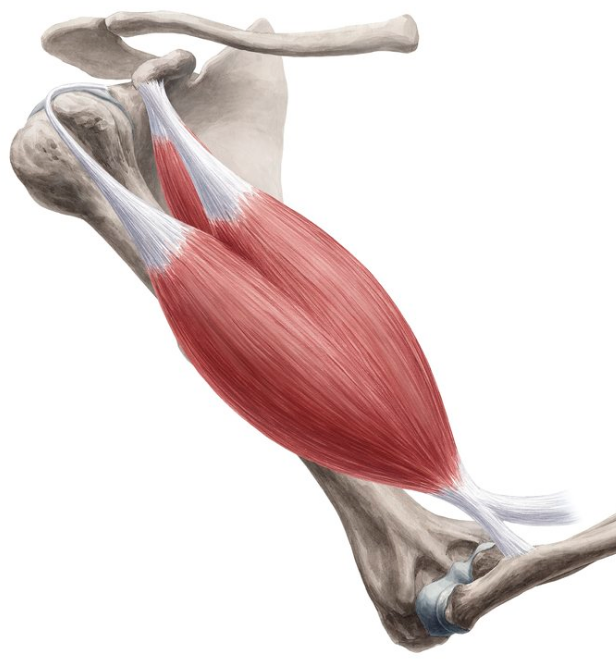
The bicep brachii is the larger of the two muscles in your biceps. It's responsible for flexing your arm at the elbow. It is an integral part of the showy bicep peak.
Brachialis
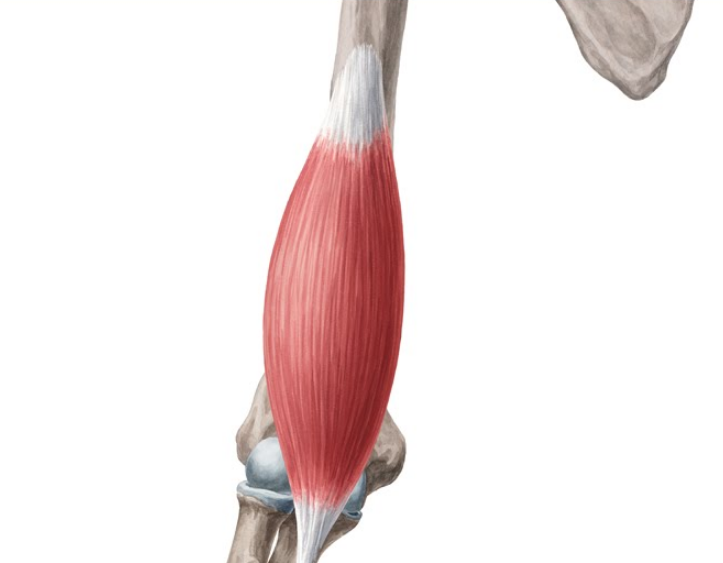
The brachialis is a smaller muscle that lies underneath the biceps brachii. It is responsible for flexing your arm at the elbow, but to a lesser extent than the bicep brachii. This is one of the toughest muscles to develop, which is why you often see people with long biceps but poor bicep height.
Well-developed brachialis muscles push the brachhi up, which is what forms the peak.
Brachioradialis

The brachioradialis is the muscle that lies on the outside of your forearm, just above your wrist. It's responsible for bending your arm at the elbow and is the most visible when you have thick arms. This is the muscle that you want to target if you're looking for Sly Stallone like forearms.
The regular curl targets all of these muscles, while the hammer curl and reverse curl target only one or two of them, respectively.
No of Sets and Reps: reverse curls vs hammer curls vs regular curls?

One of the conundrums that you'll face when trying to decide which curl is best for you, is the lack of consensus on the number of sets and reps that you should do.
Some people advocate doing 3-4 sets of 8-10 reps for each curl, while others recommend doing 5-6 sets of 6-8 reps. And still others advocate doing higher reps (10-15) with lower sets (1-3).
The bottom line is that you need to experiment to see what works best for you. You might find that you respond better to doing higher reps with lower sets, or vice versa.
We generally do 3 sets of 10 reps for all three curls lifting about 75% of our one rep max. That works great for our goals which is primarily hypertrophy. But if you're looking to increase strength, you might want to do 5-6 sets of 3-5 reps with 90-95% of your 1 rep max.
The point is that the ideal rep and set count is highly personal. You'd have to analyse your goals.
How many sets and reps of regular curls should I do?
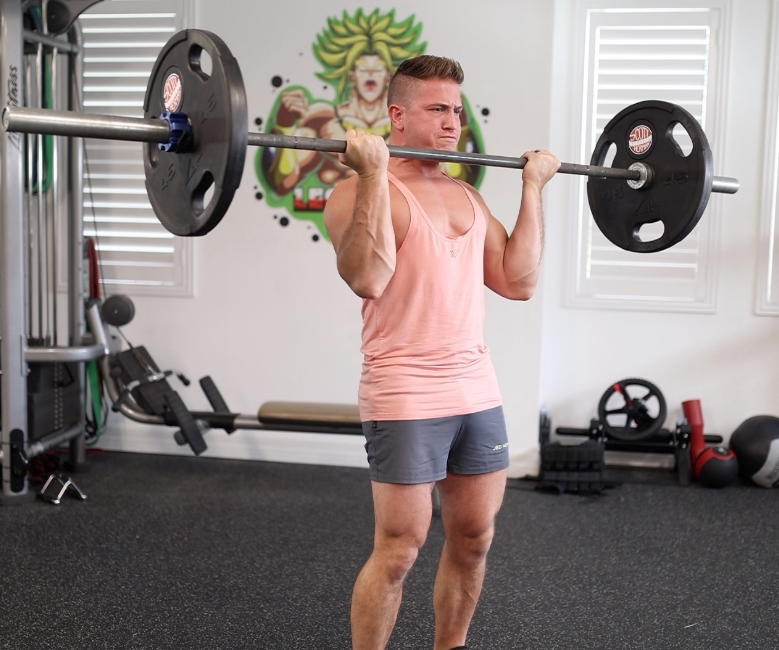
Based off on the previous answer, the number of sets and reps you should do for regular curls will depend on your individual goals. That said, research shows that doing 3 sets of 8-12 reps is ideal for maximizing muscle growth.
So, if your goal is to increase muscle size, then you should aim to do 3 sets of 8-12 reps with a weight that's challenging but still allows you to complete all the reps. We'd say about 75% of your 1 rep max is a good place to start. But if you're looking to focus on increasing your strength, you should opt for 5-6 sets of 3-5 reps with a weight that's closer to 90% of your 1 rep max.
How many sets and reps of hammer curls should I do?

The number of sets and reps you should do for hammer curls will also depend on your goals. What you need to understand is that Hammer curls are slightly harder than regular curls, especially to perform with strict form and heavyweights.
So, you'll have your task cut out for you if your goal is to do 3 sets of 8-10 reps with a weight that's challenging. Most people find that they can only do 2-3 sets of hammer curls with a weight that's around 75% of their 1 rep max.
If your goal is to increase strength, then you might want to bump up the weight to something closer to 90% of your 1 rep max and shoot for 3-5 sets of 3-5 reps.
How many sets and reps of reverse curls should I do?
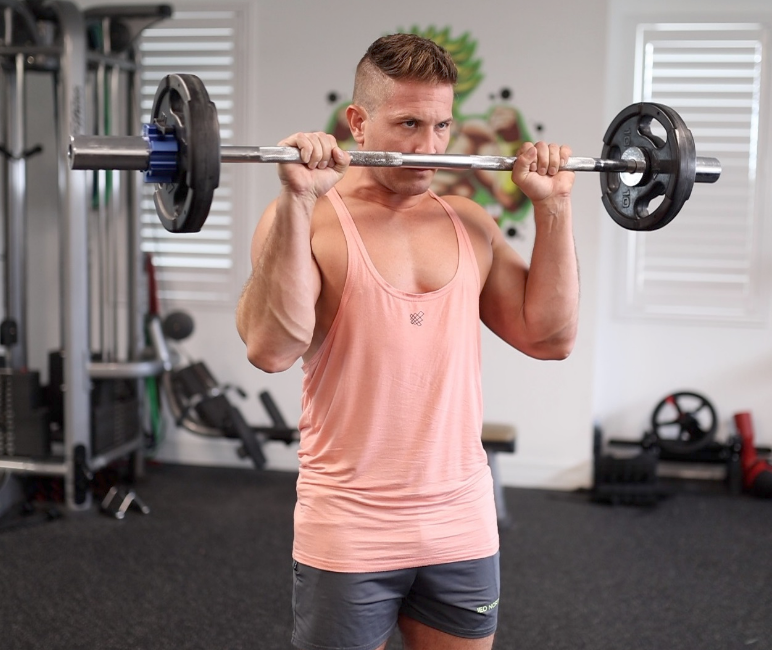
The reverse curls are an underrated exercise for forearm thickness. It's a great exercise to isolate the brachialis and biceps brachii muscles.
The number of sets and reps you should do for reverse curls will depend on whether your goal is to increase muscle size or gain strength. For Hypertrophy, you should shoot for 3-5 sets of 8-10 reps with a weight that's challenging enough. For most people, that weight will be around 55-65% of their 1 rep max.
If your goal is to increase strength, you should do 3-5 sets of 5-8 reps with a weight that's closer to 95% of your 1 rep max.
Benefits: Reverse Curls vs Hammer curls vs Regular curls?
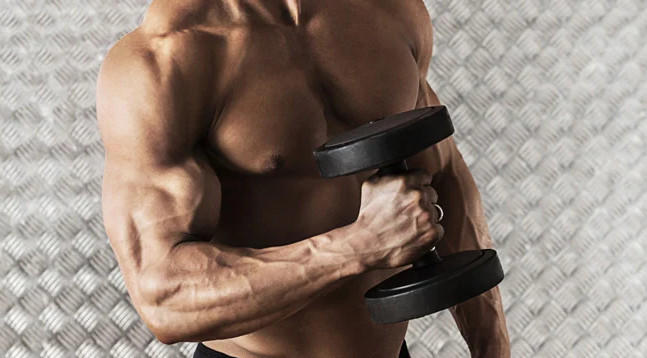
Now you know how each one of these curls can help you achieve your specific goals, let's take a look at some of the benefits to expect as you pick that tactical barbell and get to work. We are talking real-world benefits that translate into results in the mirror and in the gym.
Benefits of Regular curls
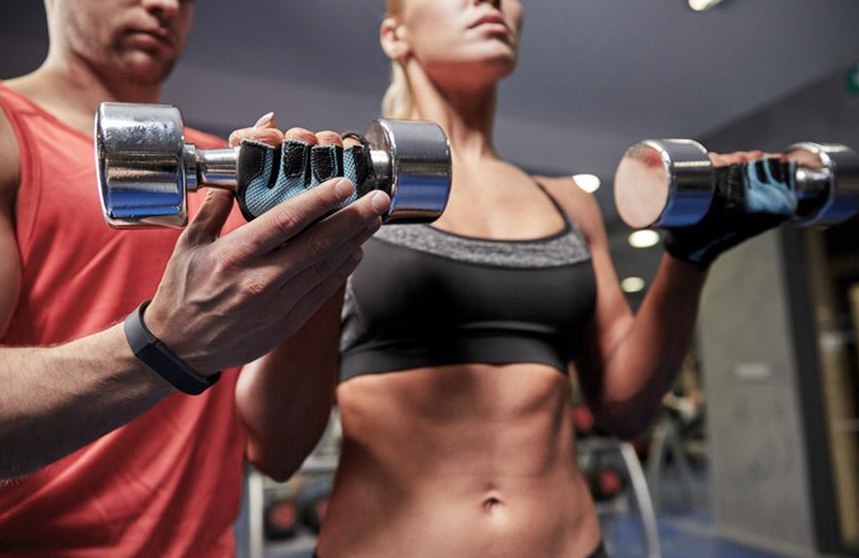
Regular curls have many benefits, now we explore a few of them
Overall bicep development
Regular curls are great for overall bicep development. They allow you to use a greater range of motion than either the hammer or reverse curl, and they're less likely to cause injuries.
Strength development
In addition, regular curls are great for developing strength in the biceps brachii and brachialis muscles.
Beginner-friendly
Another advantage of regular curls is the low learning curve. Almost anyone can do them with proper form, and they're a great exercise to include in your routine if you're just starting out.
Benefits of Hammer curls
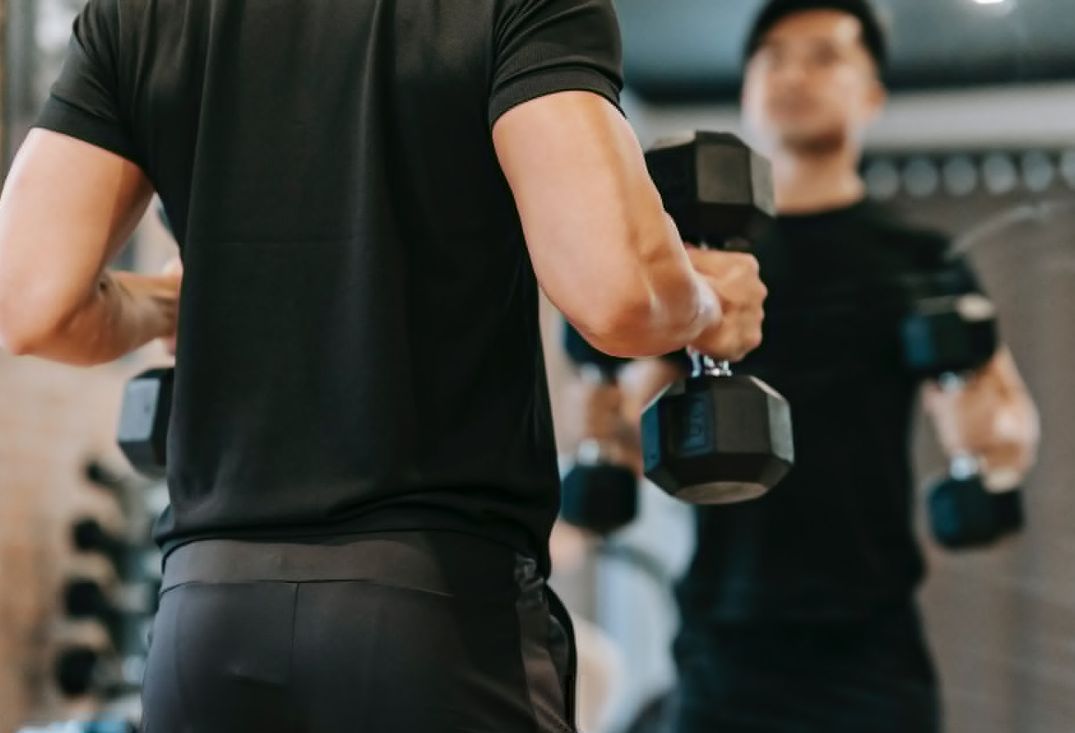
Hammer curls are great for targeting the brachialis muscle. When developed, this muscle contributes significantly to overall bicep size.
Wrists and forearms
While the biceps often hog the limelight, the forearms and wrists are also important muscles that play a role in overall arm size and strength. Hammer curls help to target these muscles.
Grip Strength
Hammer curls are also a great way to improve grip strength. Holding the weight with a neutral grip targets the forearm muscles more than a traditional curl grip.
Benefits of Reverse curls

The reverse curls are the GOAT for forearm development. If you find it tough to maintain strict form while performing these with barbells, you can try doing them with cables.
Forearm thickness
As mentioned earlier, reverse curls are great for adding thickness to your forearms. They're also an effective exercise for targeting the brachioradialis and the pronator teres muscles.
Bicep peak
If you're looking to add some detail and definition to your bicep peak, reverse curls are a great exercise to include in your routine.
Can reverse, hammer and regular curls can all be part of a workout?
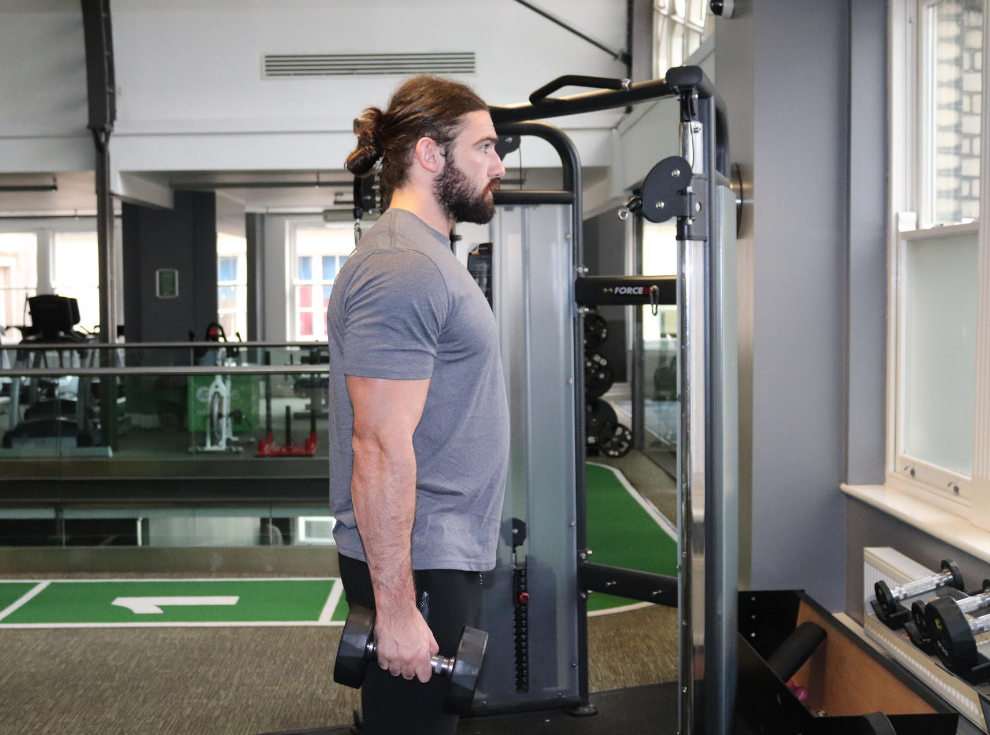
How much of curls and isolation exercises for biceps is too much? Can you include all three of these curls in the same workout, or is that overkill?
The answer to this question depends on your individual goals and current level of fitness. If you're looking to focus on overall bicep development, then it's a good idea to rotate all three of these exercises into your routine.
That said, if you are performing a lot of heavy pull movements, like the bent-over row, the underhand dumbbell row, or the T-bar rows, then you may not need to do as many curls. In that case, it might make more sense to save the hammer and reverse curls for another day.
Including all three of these curls in the same workout is definitely possible. But it's important to be mindful of your overall training volume. You don't want to get hung up over isolation moves and neglect your compound exercises.
Reverse curls vs Hammer Curls vs Regular curls: Which should I begin with?
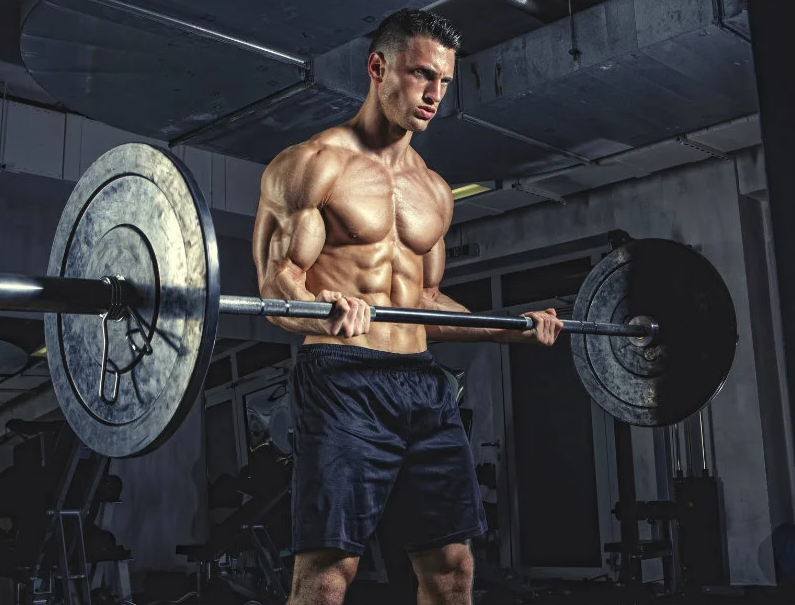
Given the ease with which most people can perform regular curls, they might be a good place to start if you're new to weightlifting. Once you've got the hang of these, you can move on to hammer curls and finally reverse curls.
While performing regular curls, we recommend starting with dumbbells first, followed by cable and keep the barbell for the end. Barbell curls look no different from regular curls as you are using both arms at the same time. But it's definitely harder to maintain good form with barbells. So if you're a beginner, start with dumbbells.
You can try hammer curls next. When performing hammer curls, start with lighter weights and increase the weight as you get stronger. This will help to minimize the risk of injury.
Finally, for reverse curls, use a weight that's challenging but still allows you to maintain strict form. You can start with around 45% of your 1 RM. It may seem like too little to have any effect. But it's actually sufficient.
FAQs about reverse curls vs hammer curls vs regular curls

Now we tackle a few common questions that you might have.
Q. Are hammer curls better than regular curls?
A. There are no binary answers when it comes to these things. It depends on your individual goals. Hammer curls are great for targeting the brachialis muscle, while regular curls target the long head of the biceps more.
If you have injuries which limit your range of motion during regular curls, you might want to consider hammers since the neutral grip greatly reduces strain on your wrists, forearms and biceps.
Q. Which bicep curls are most effective?
A. We would vouch for the barbell regular curls. These are fundamental exercise and work the biceps in its entirety. However, if you want to focus on peak contractions or adding size, then you might want to try either reverse or hammer curls.
Q. Reverse curls vs hammer curls vs regular curls: Which is easiest to do?
A. As we mentioned earlier, regular curls are the easiest to perform. They don't require any fancy equipment and can be done with either a barbell or dumbbells. Hammer curls are slightly more difficult than regular curls, while reverse curls are the most difficult.
Q. Can I do curls every day?
A.No, you definitely don't want to do that. Curls are a great way to add thickness and detail to your biceps. But doing them too often can lead to overtraining and injuries. We recommend doing them once or twice a week, depending on your current training routine.
Q. I'm struggling to do reverse curls with proper form, what can I do?
A. Start with lighter weights and increase the weight as you get stronger. This will help to minimize the risk of injury. You can also try hammer curls instead, which are easier to do with proper form.
Q. How many bicep curls should i do a day?
A. Again, you don't want to do too many sets of isolation exercises in one day. We recommend doing them once or twice a week, depending on your current training routine.
The bottom line is that there's no one-size-fits-all answer to this question. What works for someone else might not work for you. So it's important to experiment and find the exercises that work best for you.
Related Readings;
- Cambered Bar Curls: What Are They and How to Do Them?
- Skull Crusher Alternatives: Which Is The Best One for Getting A Massive Arm?
- Seated Tricep Press: How To w/ Video Demonstration, Muscles Worked, & Alternative Exercises
- Is Training Shoulders After Chest Day Beneficial OR Overtraining?
- Dumbbell Floor Press: How To Exercise Guide (Video Demonstration), Benefits, Muscles Worked, Mistakes, and Alternative Exercises
- Dumbbell Pullover: How To, Muscles Worked, Variations, And Alternative Exercise
References:
- https://www.coachmag.co.uk/exercises/arm-exercises/3716/the-benefits-of-reverse-curls
- https://www.menshealth.com/uk/building-muscle/a30873513/dumbell-hammer-curls/
- https://www.verywellfit.com/how-to-do-the-biceps-arm-curl-3498604
Ben Mayz
Hi there! I'm Ben, main author and chief editor at Fitlifefanatics.com. I have been obsessed with Strength Training and Fitness for 18 years now.
My passion for living a happy fit lifestyle is what made me realize that fitness is what I wanted for my future.
I went on to earn my Masters in Sports Training & Biomechanics.
My passion for Strength training & fitness and my love of helping others is what made me start Fitlifefanatics.
Here, myself, and a team of specialist aim to provide the most accurate, and actionable information possible in hopes to help foster the fitness community forward.
You can learn more about Fitlifefanatics on our About Page


